The Best Window Styles for Maximizing Natural Light
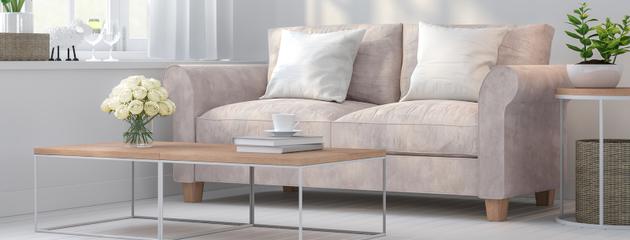
Key Takeaways
- Picture, bay, bow, and casement windows remain the top choices for bright, airy interiors.
- Orientation matters: south-facing windows deliver consistent daylight in all seasons.
- Glazing, frame material, and coatings can enhance or limit light transmission.
- Combining window types helps balance brightness, airflow, and comfort in different rooms.
- Expert installation ensures light performance aligns with insulation and energy efficiency goals.
Which window styles allow the most natural sunlight into a room?
Different window styles capture sunlight in their own unique ways. The size, placement, and design of each window play a significant role in how light fills your home. Among the most effective choices for maximizing daylight are picture, bay, bow, and casement windows.
Picture Windows: The Light Champion
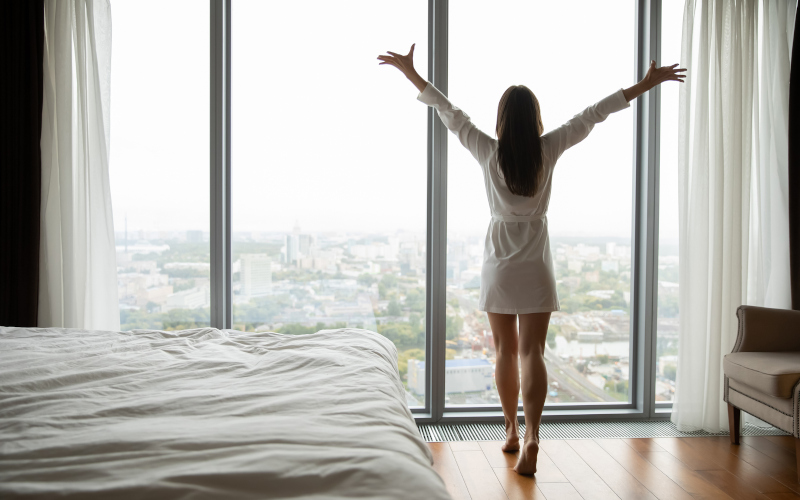
Picture windows let in the most expansive, unobstructed views and the most natural sunlight. These large, fixed-pane designs create expansive views and allow daylight to flood the room without obstruction from sashes or frames.
Best for: Living rooms, stairwells, and spaces with scenic outdoor views.
Limitation: No ventilation since they are fixed in place.
“A large picture window can completely change a living space — bringing warmth, brightness, and a sense of openness. Just be sure to pair it with efficient glazing to control heat gain.”
— Helen Sin, Consumer Success Manager, Canadian Choice Windows & Doors
Bay and Bow Windows: Expanding Angles, Expanding Light
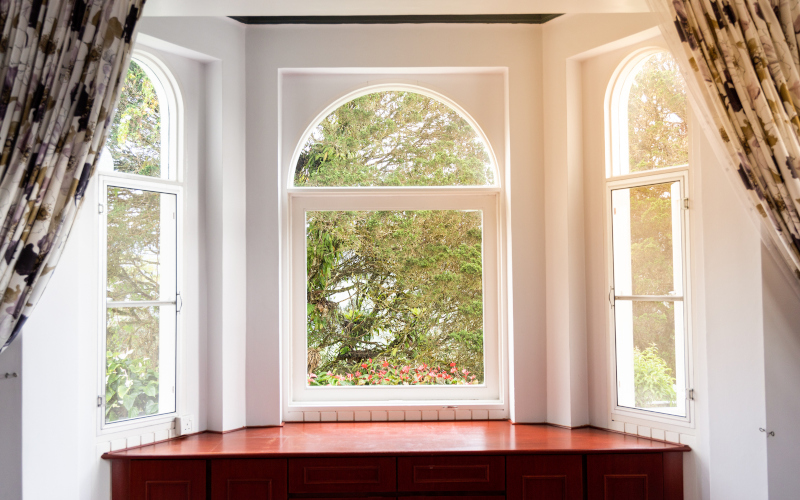
Bay and bow windows extend outward, welcoming natural light from several angles throughout the day. Their shapes, however, affect how light enters and disperses.
| Feature | Bay Window | Bow Window |
|---|---|---|
| Light Entry | High | Very High |
| Structure | 3 Panels | 4–6 Panels |
| Angle | Angular | Curved |
| Ventilation | Moderate | Moderate |
| Style Impact | Traditional | Elegant, Victorian |
Bay windows use a central fixed pane flanked by casement or double-hung units, creating a dynamic play of light and shadow. Bow windows curve outward with four or more panels, softening the look and maximizing exposure throughout the day.
“Bow windows are perfect for east- or south-facing walls — they capture light from morning until evening, keeping your main floor bright and inviting,”
— Tony Wong, Project Manager, Canadian Choice Windows & Doors
Casement Windows: Flexible and Functional

Casement windows , hinged on the side, open outward to bring in fresh air and daylight. When closed, their slim profiles allow almost as much light as a picture window. When opened, they can direct breezes inward, helping with ventilation and natural cooling.
Best for: Narrow walls, bedrooms, or tall spaces where airflow and light are both desired.
For added brightness, install casement windows in pairs — this creates a wide, open feel similar to a picture window while keeping ventilation control.
At Canadian Choice Windows & Doors, these are also the styles most frequently installed in homes across the GTA, Calgary, and the Maritimes — regions where homeowners value bright interiors that stay energy-efficient through every Canadian season.
How does window placement impact the flow of light through your home?
Even the brightest window won’t achieve its full potential if it’s placed in the wrong spot. Orientation, ceiling height, and external factors like trees or overhangs determine how effectively natural light moves through your space.
Orientation and Room Function
| Direction | Light Quality | Ideal Room Types |
|---|---|---|
| South-facing | Consistent, warm daylight year-round | Living rooms, kitchens |
| East-facing | Soft, cool morning light | Breakfast nooks, bathrooms |
| West-facing | Bright, warm afternoon light | Dining rooms, lounges |
| North-facing | Gentle, steady illumination | Studios, bedrooms |
Ceiling Height and Light Distribution
Homes with high ceilings and clerestory windows benefit from deeper light penetration. Reflective finishes — white walls, glossy cabinetry, and light floors — further spread light evenly.
What are the most energy-efficient windows for bright spaces?
You can enjoy bright, sun-filled rooms without giving up energy efficiency. Today’s window technologies allow abundant natural light without excessive heat loss or gain.
All Canadian Choice windows are engineered to strike a balance between brightness and insulation — an essential feature for homes in climates that experience both frigid winters and hot summers.
Top Features of Energy-Efficient Bright Windows
| Feature | Benefit |
|---|---|
| Low-E (Low Emissivity) Glass | Reflects infrared heat, allowing visible light to pass while reducing UV damage. |
| Double or Triple Glazing | Improves insulation and reduces temperature fluctuations. |
| Argon/Krypton Gas Fills | Prevents heat transfer between glass panes. |
| Warm Edge Spacers | Minimizes condensation at the edges of the glass. |

Can the window size change how light spreads in a room?
Absolutely. Both the height and width of a window affect how light travels through your home.
- Tall windows let sunlight reach further into your home — especially useful during Canada’s low winter sun.
- Expansive windows distribute light horizontally, reducing dark corners.
Large panes also enhance a sense of spaciousness and connection to the outdoors. Minimalist frame designs, such as slim-profile aluminum or vinyl, maximize visible glass area.
Which window materials best reflect or absorb light?
Frame materials influence both aesthetics and how light behaves indoors. They can change brightness levels, colour tones, and even thermal comfort.
| Material | Pros | Light Reflection | Best Use |
|---|---|---|---|
| Vinyl | Affordable, low-maintenance, energy-efficient | Moderate (especially in light finishes) | Suburban and energy-focused homes |
| Wood | Natural warmth and insulation | Slight absorption adds a golden hue | Heritage or cottage-style homes |
| Aluminum | Sleek, durable, slim profile | High reflection can cause glare | Modern or industrial interiors |
Pro Tip:
Matte or textured finishes can help soften reflections and reduce glare in bright, sunlit rooms.
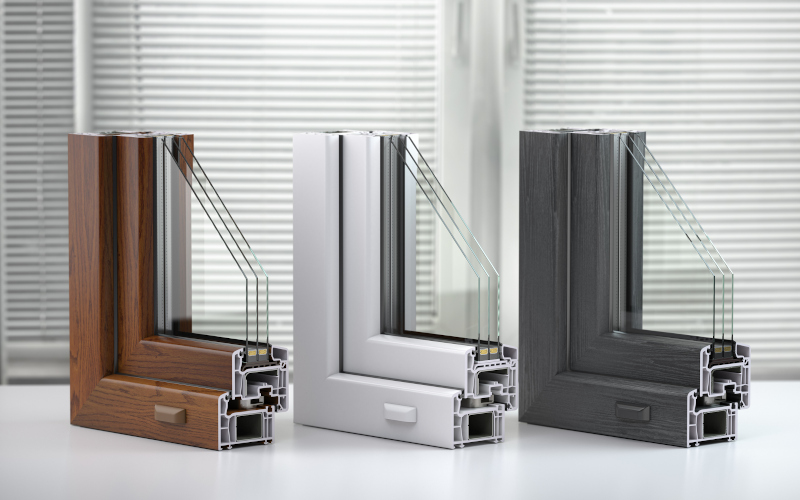
How do seasonal changes affect sunlight through windows?
Canada’s shifting seasons dramatically influence how light enters your home.
- In winter, the lower sun lets south-facing windows draw in long, warming rays — keeping Canadian homes naturally comfortable.
- Summer: The higher sun angle shortens shadows, reducing direct glare. Overhangs or eaves can naturally shade interiors.
- Spring/Fall: Transitional sunlight highlights textures and colours, ideal for bow or bay windows that capture varying angles.
What are the downsides of maximizing light through windows?
While sunlight brings life and energy into your home, too much of it can lead to issues such as UV damage, overheating, and glare.
UV Damage
Prolonged exposure to sunlight can fade flooring, artwork, and furniture.
Solutions:
- Use Low-E or UV-filtering coatings.
- Add sheer curtains or window films for protection.
Overheating
Large west-facing windows can retain more heat in summer, so consider adding shading or ventilation.
Solutions:
- Install solar control glass or spectrally selective coatings.
- Incorporate operable sections for ventilation.
- Consider external shading or awnings.
What’s the best window style for modern homes with open layouts?
Modern home designs focus on open spaces and natural light that flows easily between rooms. Certain window types amplify that effect:
- Large Fixed Windows: Perfect for panoramic views and minimalist spaces.
- Sliding Glass Systems: Seamlessly connect indoor and outdoor areas, extending light flow.
- Casement Windows in Series: Provide symmetry, ventilation, and modern rhythm to long walls.
Popular finishes like matte black, charcoal, and deep bronze pair well with neutral interiors, helping highlight the room’s natural brightness.
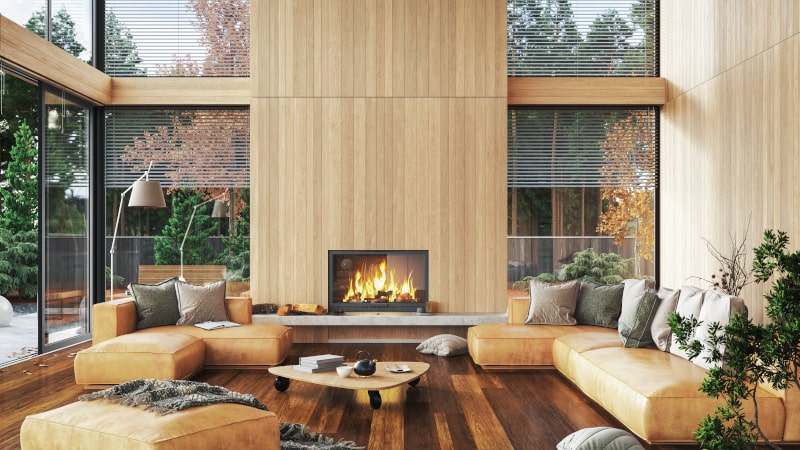
Can you combine multiple window styles to optimize light in different rooms?
Yes — blending window styles is often the smartest design strategy for maximizing natural light across various orientations.
| Combination | Ideal For | Benefits |
|---|---|---|
| Picture + Casement | Living rooms, sunrooms | Continuous light + airflow |
| Bay + Awning | Kitchens, breakfast nooks | Panoramic light + easy ventilation |
| Fixed + Clerestory | Stairwells, studios | Vertical light + privacy |
| Sliding + Fixed | Open layouts | Smooth transition between indoor and outdoor spaces |
Combining fixed and operable windows keeps your home bright, comfortable, and energy-smart through every Canadian season.
What’s the final verdict on choosing windows for sunlight and brightness?
There’s no single answer — but a well-balanced window plan should consider orientation, glazing type, and room function.
Light Flow Optimization Summary
| Room | Goal | Recommended Styles | Notes |
|---|---|---|---|
| Living Room | Light + View | Picture + Casement | South-facing for all-day brightness |
| Bedroom | Comfort + Privacy | Casement | Add film or shades for glare control |
| Kitchen | Light + Ventilation | Bay + Awning | Allow cross-ventilation |
| Bathroom | Privacy + Daylight | Frosted Awning + Clerestory | Maintain privacy while keeping natural light |
| Open Concept | Seamless Transition | Sliding + Fixed | Maximize glass area and outdoor connection |
When installed thoughtfully, the right windows do more than brighten a space — they make your home feel open, welcoming, and alive.
Natural light can completely transform a home, making every room feel larger, warmer, and more inviting. With Canadian-made windows designed for brightness and efficiency, you can enjoy sunlight and comfort all year long.
FAQ: Maximizing Natural Light in Your Home
1. Which windows provide the brightest natural light?
Picture, bay, bow, and casement windows capture the most sunlight due to their size and minimal framing.
2. What’s the best window direction for sunlight in Canada?
South-facing windows offer consistent daylight year-round, while east- and west-facing windows catch morning and evening light.
3. How can I prevent glare while maximizing light?
Opt for matte finishes, Low-E coatings, or add sheer curtains to diffuse light evenly.
4. Do triple-pane windows reduce light?
Slightly — but modern triple-pane units balance insulation with excellent visible light transmission.
5. How do I brighten a north-facing room?
Use tall windows, reflective interiors, and light-coloured finishes to enhance brightness.
6. Can replacing windows really change light flow?
Absolutely. Modern slim-frame windows increase the glass-to-frame ratio, dramatically improving both brightness and comfort.
7. Do bigger windows lose more heat in winter in Canada?
Larger windows used to mean more heat loss — but not anymore. With today’s insulated vinyl frames, triple glazing, and advanced Low-E coatings, modern large-format windows retain warmth even during harsh Canadian winters. At Canadian Choice Windows & Doors, our ENERGY STAR®–rated picture and bay windows are designed specifically to perform in Canada’s diverse climate zones, ensuring you don’t have to sacrifice comfort for natural light.
1000’s of Colours & Textured Finishes
Transform your home from ordinary to extraordinary with our new coloured and non-glare textured finishes. Available in a wide array of colours as well as custom matched colours for your very own personalized design.
Our Most Popular Replacement Window Colours:










